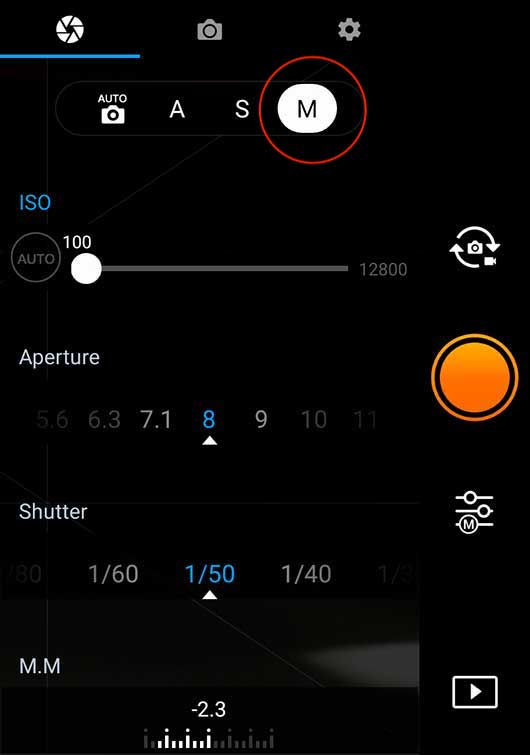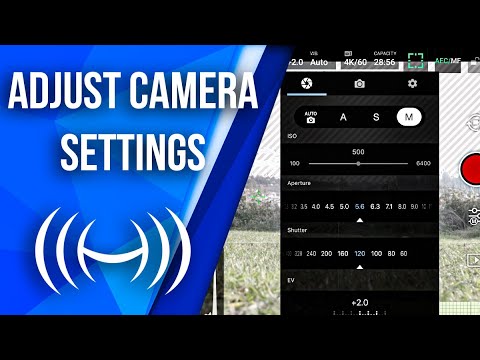Understanding Camera Settings for Drone Photography
So you’ve got your drone ready to go, but now you’re wondering – what are the best camera settings to use for capturing stunning aerial images? Let’s dive into the world of camera settings for drone photography and explore how you can make the most out of your drone’s capabilities.
The Basics: ISO, Aperture, and Shutter Speed
Before we get into the specific settings for drone photography, it’s essential to understand the basics of ISO, aperture, and shutter speed. These three settings work together to control the exposure and overall look of your photos.
ISO: Sensitivity to Light
ISO measures the camera sensor’s sensitivity to light. A low ISO (such as 100) is ideal for bright conditions, while a higher ISO (such as 800 or above) is better for low-light situations. Keep in mind that higher ISO levels can introduce noise into your images, so try to keep it as low as possible while still achieving proper exposure.
Aperture: Depth of Field
The aperture controls the amount of light that enters the camera lens. A wide aperture (lower f-stop numbers like f/2.8) will create a shallow depth of field, perfect for isolating a subject against a blurred background. On the other hand, a narrow aperture (higher f-stop numbers like f/11 or f/16) will increase the depth of field, keeping more of your image in focus.
Shutter Speed: Motion Blur and Sharpness
Shutter speed determines how long the camera’s shutter remains open to capture light. A fast shutter speed (1/1000s or higher) is ideal for freezing fast-moving subjects or reducing camera shake, while a slower shutter speed (1/60s or slower) can create motion blur in moving objects.
Best Camera Settings for Aerial Photography
Now that you have a basic understanding of ISO, aperture, and shutter speed, let’s discuss the best camera settings specifically for drone photography. It’s essential to adjust these settings based on the lighting conditions and the type of shot you want to capture.
Sunny Daytime Shots
When shooting in bright sunlight, you’ll want to adjust your camera settings to ensure proper exposure and vibrant colors in your images. Here are some recommended settings for sunny daytime shots:
| Setting | Recommendation |
|---|---|
| ISO | 100-200 |
| Aperture | f/5.6-f/8 |
| Shutter Speed | 1/250s-1/500s |
By using a low ISO, a medium aperture, and a fast shutter speed, you can capture sharp and well-exposed images in sunny conditions. Adjust these settings as needed based on the specific lighting and composition of your shot.
Golden Hour and Sunset Photography
The golden hour, the period shortly after sunrise or before sunset, provides stunning lighting conditions for capturing dramatic and atmospheric photos. To make the most out of golden hour and sunset photography with your drone, consider using the following camera settings:
| Setting | Recommendation |
|---|---|
| ISO | 100-400 |
| Aperture | f/2.8-f/4 |
| Shutter Speed | 1/60s-1/125s |
These settings will help you achieve warm tones, soft shadows, and beautiful light in your aerial photos during the golden hour. Experiment with different settings to find the perfect balance between exposure and creative vision.
Nighttime and Low-Light Photography
Capturing images with your drone at night or in low-light conditions presents unique challenges due to limited available light. To achieve sharp and noise-free images in these situations, consider using the following camera settings:
| Setting | Recommendation |
|---|---|
| ISO | 800-1600 |
| Aperture | f/2.8-f/4 |
| Shutter Speed | 1/15s-1/30s |
Using a higher ISO and a wide aperture will allow your drone’s camera to gather more light in low-light environments, resulting in clearer and brighter images. Be mindful of camera shake at slower shutter speeds and consider using a tripod for added stability.
Aerial Panoramas and Time-Lapses
Drones offer a unique perspective for capturing panoramic landscapes and dynamic time-lapse sequences from the air. To create stunning aerial panoramas and time-lapses, adjust your camera settings as follows:
| Setting | Recommendation |
|---|---|
| ISO | 100-200 |
| Aperture | f/8-f/11 |
| Shutter Speed | Varies depending on motion |
For panoramic shots, use a medium aperture to ensure sharpness throughout the frame and adjust the shutter speed based on the movement of your drone. For time-lapse sequences, consider using an intervalometer to automate the process and maintain consistent exposure across multiple frames.

This image is property of www.carrot.co.uk.
Additional Tips for Drone Photography
In addition to understanding and adjusting your camera settings for drone photography, there are several other tips and techniques to enhance your aerial images further.
Composition and Framing
Pay attention to composition and framing when capturing photos with your drone. Experiment with different angles, heights, and perspectives to create visually compelling images. Leading lines, symmetry, and the rule of thirds can all help guide the viewer’s eye through your photos.
ND Filters for Creative Control
Neutral density (ND) filters are handy accessories for drone photography, especially in bright sunlight. ND filters reduce the amount of light entering the lens, allowing you to use slower shutter speeds or wider apertures for creative effects like motion blur or shallow depth of field. Consider investing in a set of ND filters for added flexibility in varying lighting conditions.
Post-Processing and Editing
After capturing aerial photos with your drone, consider post-processing and editing to fine-tune your images further. Adjusting contrast, saturation, and white balance can help enhance the colors and overall look of your photos. Experiment with different editing techniques to achieve the desired mood and style in your aerial images.
Safety First
When flying your drone for photography purposes, always prioritize safety. Familiarize yourself with local regulations and restrictions regarding drone flight, and maintain line of sight with your drone at all times. Be mindful of your surroundings, avoid flying in restricted areas, and respect the privacy of others when capturing aerial images.

This image is property of www.alexorrow.co.uk.
Conclusion
In conclusion, the best camera settings for drone photography depend on various factors, including lighting conditions, the type of shot you want to capture, and your creative vision. By understanding ISO, aperture, and shutter speed, as well as adjusting these settings based on different scenarios, you can elevate your aerial images to new heights. Remember to experiment, practice, and above all, have fun exploring the world from a unique perspective with your drone camera.

This image is property of i.ytimg.com.
